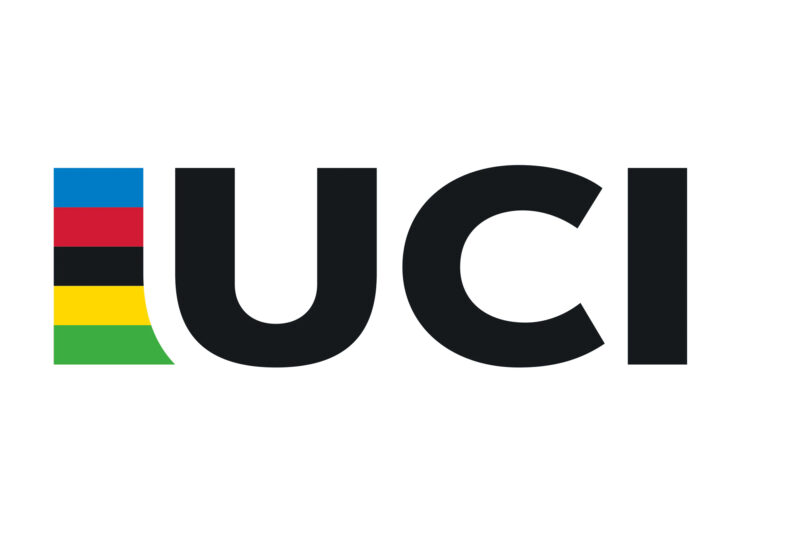
Just as the cycling world is preparing for one of the biggest single-day races of the season, the UCI has announced its first guidelines on the subject of hookless rims with tubeless tires. The announcement is fairly brief, and breaks down their plans for the “short, medium, and long term.”
Essentially, for now they just recommend teams and riders to follow the ISO standards 5775-2:2021 and 5775-1:2023. These standards ” provide a framework for the compatibility of tire and rim widths on bicycles.” Stating that these standards have not always been respected, the UCI points out that adherence has been made more difficult since the European Tyre and Rim Technical Organisation (ETRTO) standards have not always aligned with the ISO standards.
Looking ahead, it’s clear that the UCI hopes to work with all parties to come up with a more concrete solution, but for now, all they can do is recommend that tires and rims are within spec.
From UCI:
Following its statement on recent incidents involving the use of hookless rims with tubeless tyres, the Union Cycliste Internationale (UCI) is today in a position to issue its first guidelines on the subject for the short, medium, and long term.
The UCI’s initial statement came in light of several incidents that have occurred in professional road cycling over the last two years at events on the UCI International Calendar, including this year at two UCI WorldTour events – the UAE Tour and the Strade Bianche (ITA) –, as well as concerns expressed by road cycling stakeholders about rider safety.
In the short term, the UCI reminds teams and riders of the requirement set out in article 1.3.018 of the UCI Regulations, which imposes compliance with International Organisation for Standardisation (ISO) standards 5775-2:2021 and 5775-1:2023 in cycling competitions. These standards provide a framework for the compatibility of tyre and rim widths on bicycles. The UCI notes that the norms defined in these ISO standards have not always been respected and does not rule out the possibility that this may have been a contributing factor in some of the incidents encountered.
The UCI also recognises that compliance with the ISO standards by teams and riders is made more difficult by the fact that manufacturers base their recommendations for compatibility between tyres and rims on the recommendations provided by the European Tyre and Rim Technical Organisation (ETRTO), which have not always been aligned with ISO standards.
Further information on articles 1.3.018 and 1.3.002 of the UCI Regulations, which both refer to the ISO standards mentioned, is available in the UCI Technical Regulations Clarification Guide.
In the medium term, the UCI has taken the decision to mandate SafeR – the newly formed entity dedicated to safety that brings together all stakeholders of professional road cycling – to work with all parties concerned, including teams, riders and the cycling industry, to explore potential improvements and clarifications regarding the use of hookless rims with tubeless tyres that would be relevant to incorporate into the UCI Regulations. SafeR will provide their recommendations, to be considered for application for the 2025 season, in a report with the aim of continuously improving rider safety. In particular, teams, riders and Commissaires are asked to report any incident involving hookless rims with tubeless tyres that may occur and to ensure that the circumstances of the incident can be analysed in detail.
In the longer term, the UCI will carry out an in-depth analysis of the appropriateness of the current requirements for the use of different types of equipment in competition, in particular wheels, to ensure that these requirements guarantee the safety of riders, are adapted to professional cycling, and do not rely exclusively or for the most part on the diligence and internal processes of manufacturers.

